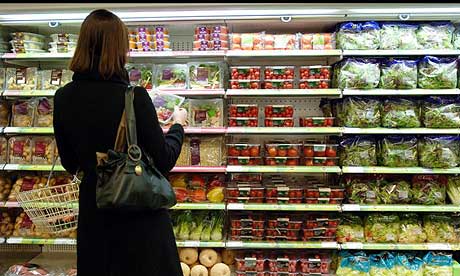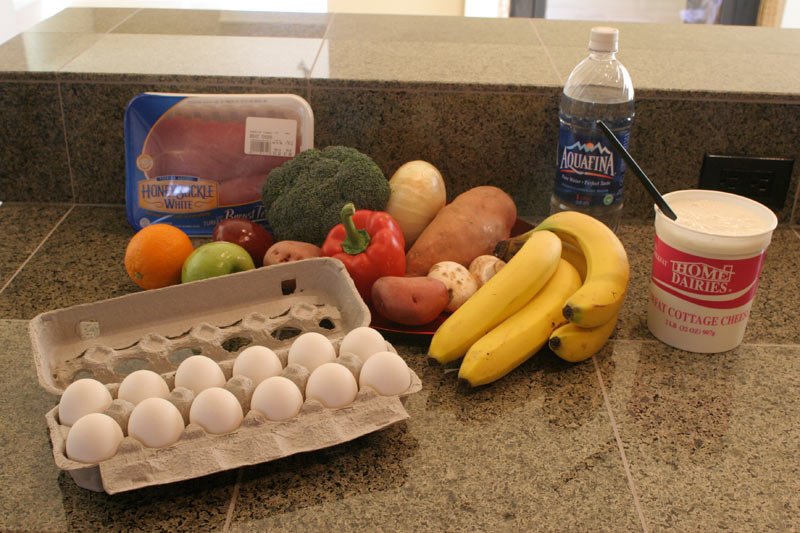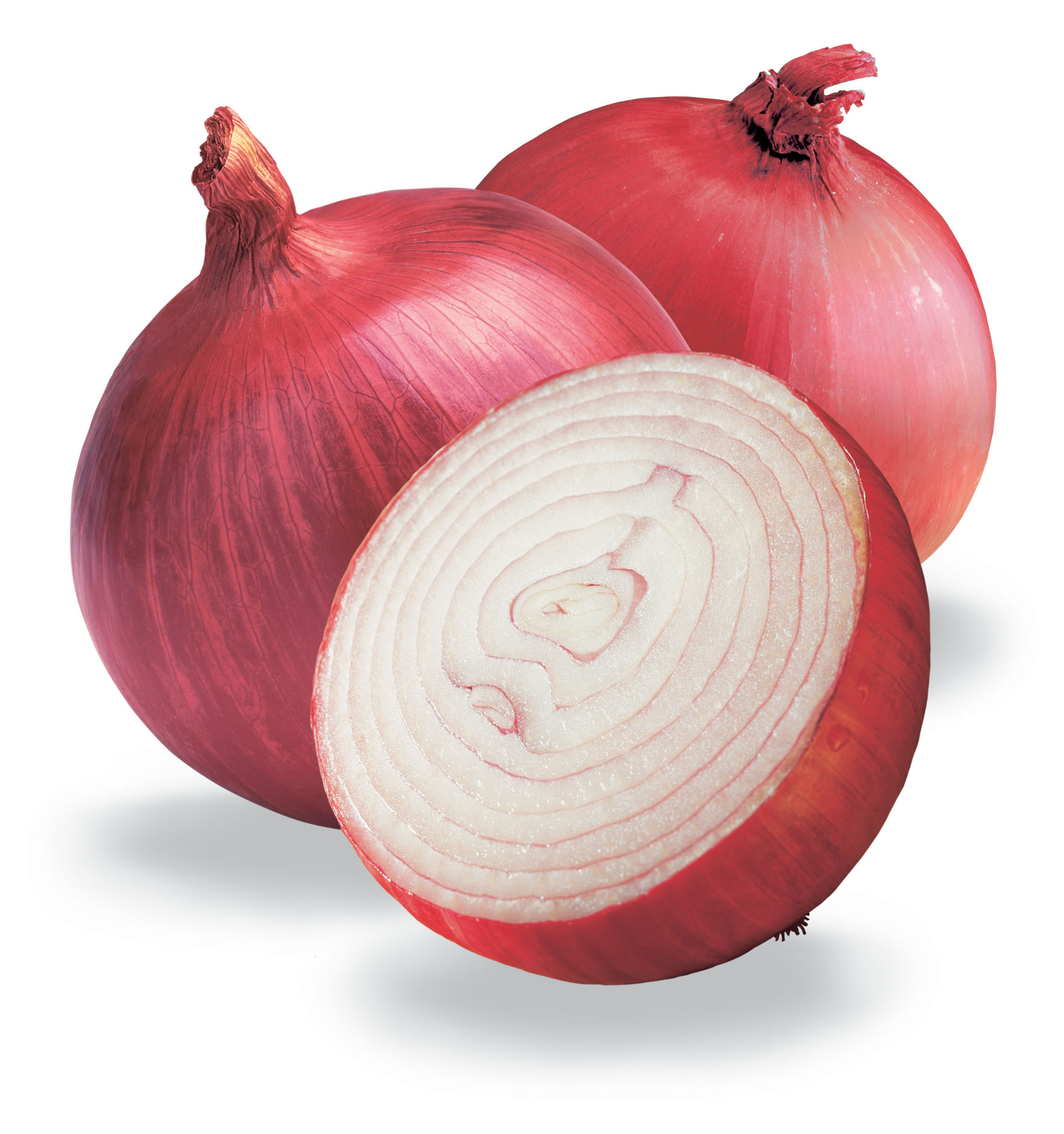
Easter can often mean overdosing on excessive sweet indulgence in the form of cake and chocolate, let's be honest no one is ever going to be able to abstain completely but it is about making sensible choices. Often dark chocolate is a suitable alternative to regular milk chocolate but it is not to everybody's taste.
1) Dark Chocolate is Good for Your Heart
Studies show that eating a small amount of dark chocolate two or three times each week can help lower your blood pressure. Dark chocolate improves blood flow and may help prevent the formation of blood clots. Eating dark chocolate may also prevent arteriosclerosis (hardening of the arteries).
2) Dark Chocolate is Good for Your Brain
Dark chocolate increases blood flow to the brain as well as to the heart, so it can help improve cognitive function. Dark chocolate also helps reduce your risk of stroke.
Dark chocolate also contains several chemical compounds that have a positive effect on your mood and cognitive health. Chocolate contains phenylethylamine (PEA), the same chemical your brain creates when you feel like you're falling in love. PEA encourages your brain to release endorphins, so eating dark chocolate will make you feel happier.
Dark chocolate also contains caffeine, a mild stimulant. However, dark chocolate contains much less caffeine than coffee. A 1.5 ounce bar of dark chocolate contains 27 mg of caffeine, compared to the 200 mg found in an eight ounce cup of coffee.
3) Dark Chocolate Helps Control Blood Sugar
Dark chocolate helps keep your blood vessels healthy and your circulation unimpaired to protect against type 2 diabetes. The flavonoids in dark chocolate also help reduce insulin resistance by helping your cells to function normally and regain the ability to use your body's insulin efficiently. Dark chocolate also has a low glycemic index, meaning it won't cause huge spikes in blood sugar levels.
4) Dark Chocolate is Full of Antioxidants
Dark chocolate is loaded with antioxidants. Antioxidants help free your body of free radicals, which cause oxidative damage to cells. Free radicals are implicated in the aging process and may be a cause of cancer, so eating antioxidant rich foods like dark chocolate can protect you from many types of cancer and slow the signs of aging.
5) Dark Chocolate Contains Theobromine
Dark chocolate contains theobromine, which has been shown to harden tooth enamel. That means that dark chocolate, unlike most other sweets, lowers your risk of getting cavities if you practice proper dental hygiene.
Theobromine is also a mild stimulant, though not as strong as caffeine. It can, however, help to suppress coughs.
6) Dark Chocolate is High in Vitamins and Minerals
Dark chocolate contains a number of vitamins and minerals that can support your health. Dark chocolate contains some of the following vitamins and minerals in high concentrations:
- Potassium
- Copper
- Magnesium
- Iron
The copper and potassium in dark chocolate help prevent against stroke and cardiovascular ailments. The iron in chocolate protects against iron deficiency anemia, and the magnesium in chocolate helps prevent type 2 diabetes, high blood pressure and heart disease.

The power of protein - for those of you trying to up your protein check out this website. Some of the ingredients are quite challenging and not found in your normal supermarket, but the principles behind it are awesome for those in training.
I have just bought her cookbook and will be trying out a few of her recipes:




























 n
n









